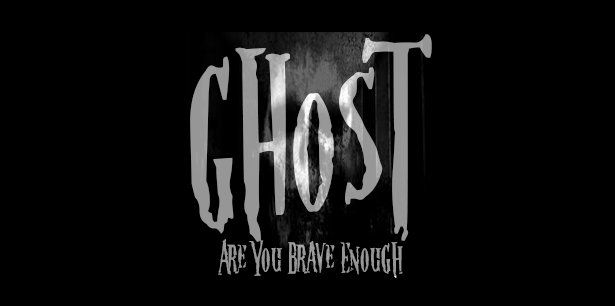The Haunting of 30 East Drive: Unveiling the Sinister Black Monk
- Gary Taylor-Green
- Jul 15, 2023
- 3 min read
Once upon a chilling night, in the somber town of Pontefract, amidst the depths of a quaint abode, an enigmatic darkness unveiled its wicked dance. The haunting tale of the Black Monk of Pontefract would soon grip the hearts and minds of all who dared to listen.*

In the year 1966, the Pritchard family, dwelling within the confines of 30 East Drive, found themselves unwittingly thrust into a world of spectral madness. Joe and Jean Pritchard, accompanied by their children Philip and Diane, sought solace within their humble sanctuary. Little did they know that a sinister force, shrouded in black raiments, lurked within the very walls that should have provided them respite.
The first whispers of the Black Monk materialized as an ethereal apparition, manifesting before the family's terror-stricken gazes. Its phantom form, draped in a tenebrous cloak, traversed the corridors of their home, defying the natural laws that bind our realm. Witnesses would speak of a malevolence that emanated from its very being, infecting the house with an air of dreadful
foreboding.
The manifestations grew in intensity, tormenting the Pritchard family with an array of unholy phenomena. Objects levitated and danced upon unseen strings, shadows slithered and writhed along the walls, and the air grew heavy with an otherworldly chill. Violent poltergeist-like disturbances plagued the family, with furniture trembling beneath its unseen grip and diabolical knocking echoing through the halls.
Water, seemingly summoned from the depths of the abyss, appeared in inexplicable puddles, staining the once-pristine floorboards. Electrical devices sputtered and failed, succumbing to an unseen power that reveled in chaos. Most unnerving of all were the instances when the family became the target of physical assaults, as unseen hands reached out from the void, leaving marks of terror upon their trembling flesh.
Word of this supernatural phenomenon spread like a dark plague, seeping into the consciousness of all who dwelled within Pontefract's borders. Curiosity transformed the house into a stage for countless investigators and the eyes of an insatiable media. But it was not the pursuit of fame that lured them—it was the desire to glimpse the veiled horrors that lay beyond the mortal realm.
The Black Monk of Pontefract, once confined to whispers and rumors, became an infamous specter haunting the minds of believers and skeptics alike. Its tale spawned a myriad of books and documentaries, each attempting to unravel the enigma of its malevolent existence. One could hardly turn a page or gaze upon the silver screen without encountering the chilling account of the Pritchard family.
Yet, amidst the flurry of fascination, a single truth remained suspended in the murky ether. The events at 30 East Drive remained trapped within the subjective boundaries of personal experience. Skeptics cast their doubts, dismissing the terror as a mere fabrication of desperate souls. But for those who witnessed the spectral dance of the Black Monk, doubt was a luxury they could ill afford.
Today, 30 East Drive stands as a silent sentinel, its walls guarding the secrets of a bygone era. Whether you choose to believe or dismiss it, the tale of the Black Monk of Pontefract continues t
o beckon to the curious and the brave. Within its hallowed chambers, the echoes of a malevolent past reverberate, reminding us that there are realms beyond our grasp, where darkness and mystery hold sway.
In the realm of the paranormal, the line between reality and imagination becomes a fragile membrane, easily pierced by the phantoms that haunt our dreams. And so, the tale of the Black Monk remains etched in the annals of Pontefract's history, a chilling reminder that even within the confines of our sanctuary, darkness may yet seek us out, cloaked in the guise of an unholy monk.
*Note: The events described in this post are based on reported accounts and should be regarded as folklore and legend rather than established facts
#BlackMonkOfPontefract #HauntedHouseChronicles #ParanormalTerror #EtherealApparitions #SupernaturalHorror #GhostsOfPontefract #DarkEnigma #SpectralManifestations #ChillingPhenomena #MysteriesFromTheVoid #SinisterHaunting #GhostlyEncounters








I'm here next year for a night I can't wait x